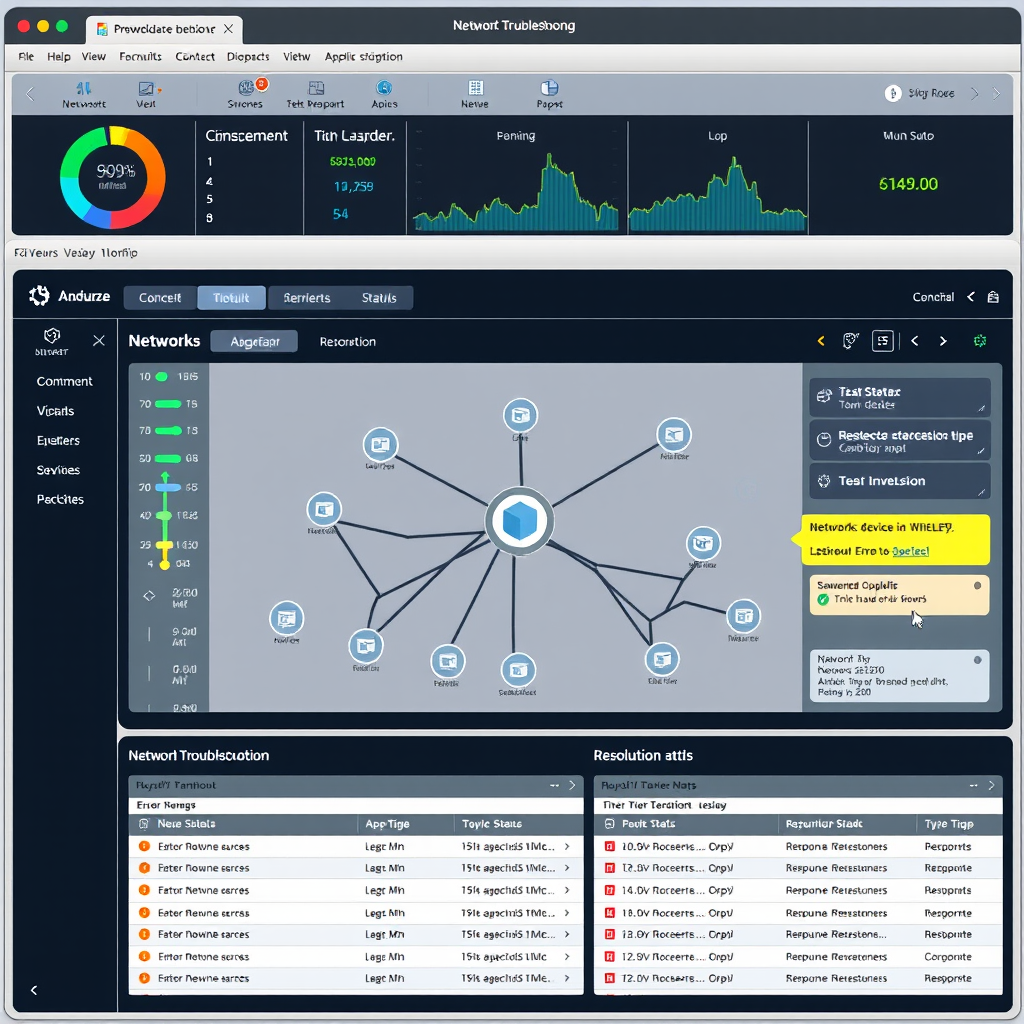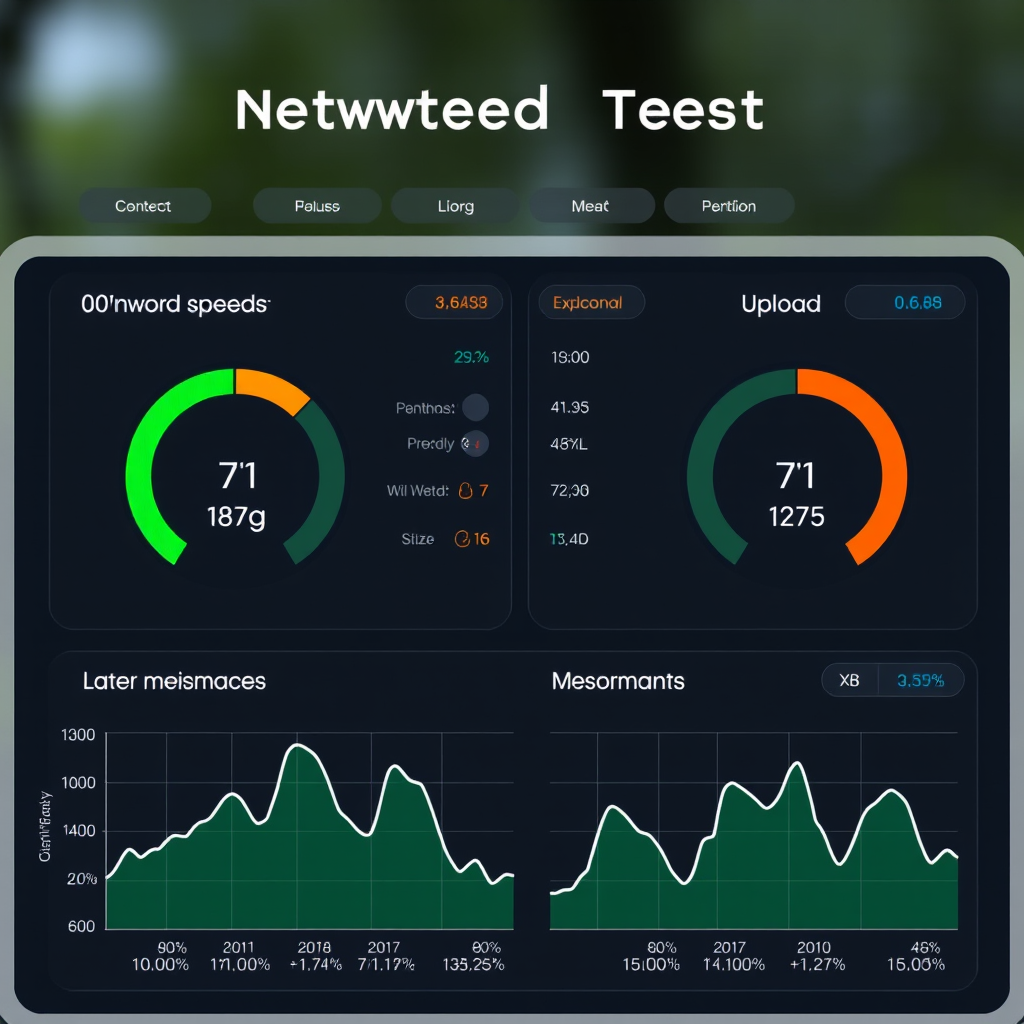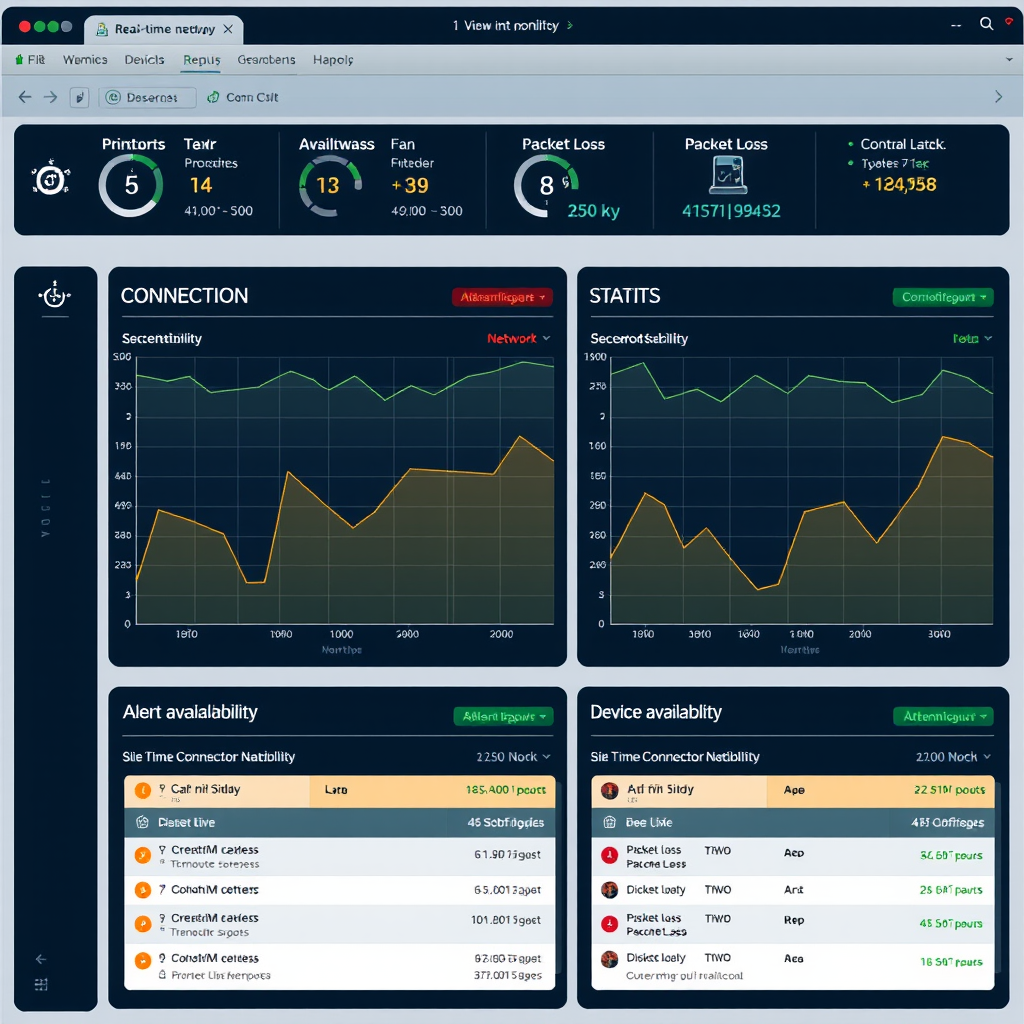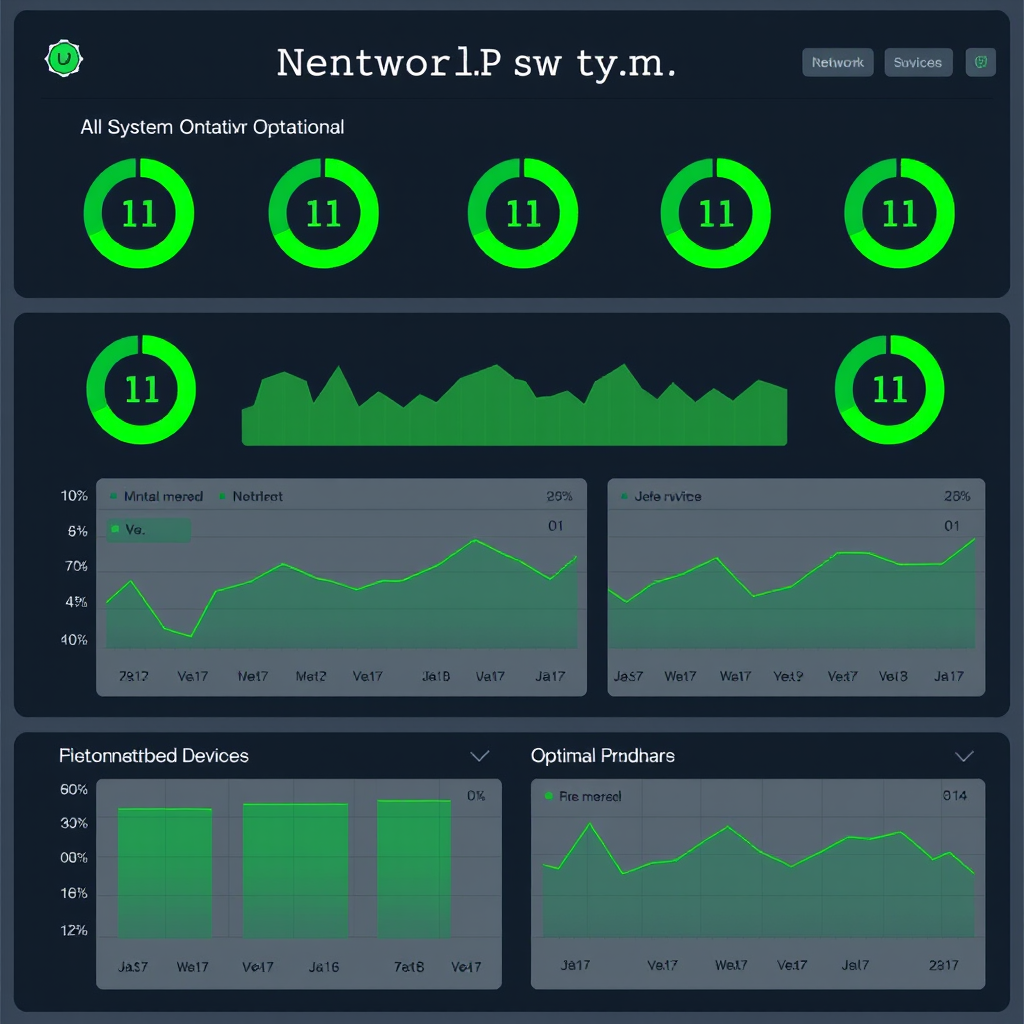Network Troubleshooting: Common Connection Issues and Solutions

Network connectivity issues can bring productivity to a halt, but with the right troubleshooting approach, most problems can be resolved quickly. This comprehensive guide provides IT professionals and network admins with proven methods to diagnose and fix the most common network connection problems.
Understanding Network Connection Fundamentals
Before diving into specific troubleshooting techniques, it's essential to understand how network connections work. Every device on your network requires proper IP configuration, DNS resolution, and clear communication paths to function correctly.
Key Network Components to Monitor:
- IP address assignment and configuration
- DNS server accessibility and response times
- Gateway connectivity and routing tables
- Physical cable connections and wireless signals
- Firewall rules and security policies
Most Common Network Issues and Quick Fixes
1. Slow Internet Speeds

Slow network performance is often the first sign of underlying connectivity issues. Network admins should start by performing a comprehensive network scan to identify bottlenecks and congested devices.
Diagnostic Steps:
- Run speed tests from multiple devices
- Check bandwidth utilization across network segments
- Identify devices consuming excessive bandwidth
- Verify QoS settings and traffic prioritization
2. Device Connection Failures
When devices fail to connect to the network, systematic troubleshooting can quickly identify whether the issue is hardware-related, configuration-based, or network infrastructure problems.
Hardware Checks:
- Verify cable integrity and connections
- Test network ports and switches
- Check wireless adapter functionality
- Examine LED indicators on network equipment
Configuration Verification:
- Validate IP address assignments
- Confirm subnet mask and gateway settings
- Check DNS server configuration
- Review DHCP lease status
3. Intermittent Connectivity Problems

Intermittent network issues are among the most challenging to diagnose because they occur sporadically. These problems often stem from environmental factors, aging hardware, or network congestion during peak usage periods.
Advanced Diagnostic Techniques:
Use continuous monitoring tools to capture network behavior over extended periods. This approach helps identify patterns and correlate connectivity issues with specific times, applications, or network conditions.
- Implement packet capture analysis during problem periods
- Monitor environmental factors affecting wireless connections
- Track network utilization patterns and peak usage times
- Document error patterns and frequency of occurrences
Professional Troubleshooting Methodology
Step 1: Gather Information
Document symptoms, affected devices, and timeline of issues. Perform initial network scan to establish baseline connectivity status.
Step 2: Isolate the Problem
Determine if issues affect single devices, network segments, or entire infrastructure. Use systematic elimination to narrow scope.
Step 3: Implement Solutions
Apply targeted fixes based on diagnosis. Test thoroughly and monitor for recurring issues before considering resolution complete.
Essential Tools for Network Troubleshooting
Command-Line Utilities
Every network admin should master these fundamental command-line tools for quick diagnostics and problem resolution:
Basic Connectivity:
ping- Test basic connectivitytraceroute- Trace network pathnslookup- DNS resolution testing
Advanced Analysis:
netstat- Network connectionsarp- Address resolution protocolipconfig/ifconfig- Interface configuration
Network Scanning Solutions

Modern network troubleshooting relies heavily on comprehensive scanning tools that can quickly identify all devices on your network, their status, and potential connectivity issues.
Professional network scan tools provide detailed device discovery, analysis, and connectivity verification. These solutions help network admins maintain complete visibility over their infrastructure and quickly identify problematic devices or configurations.
Preventive Measures and Best Practices
Proactive Network Management
The most effective troubleshooting strategy is prevention. Regular network maintenance and monitoring can identify potential issues before they impact users.
Regular Maintenance Tasks:
- Schedule periodic network scans
- Update firmware and drivers regularly
- Monitor bandwidth utilization trends
- Maintain network documentation
Monitoring Strategies:
- Implement automated health checks
- Set up alerting for critical issues
- Track performance baselines
- Document recurring problems
When to Escalate Network Issues
While many network problems can be resolved through systematic troubleshooting, some issues require specialized expertise or vendor support. Knowing when to escalate prevents wasted time and ensures critical problems receive appropriate attention.
Escalation Criteria:
- Hardware failures requiring replacement or specialized repair
- Security breaches or suspected network intrusions
- ISP-related issues affecting external connectivity
- Complex routing problems in enterprise environments
- Performance issues that persist despite standard troubleshooting
Conclusion

Effective network troubleshooting combines systematic methodology with the right tools and knowledge. By following structured diagnostic approaches and maintaining comprehensive network visibility through regular scanning, IT professionals can quickly resolve connectivity issues and maintain optimal network performance.
Remember that successful network troubleshooting is as much about prevention as it is about problem resolution. Regular monitoring, proactive maintenance, and thorough documentation create the foundation for a stable, reliable network infrastructure that serves users effectively and minimizes downtime.